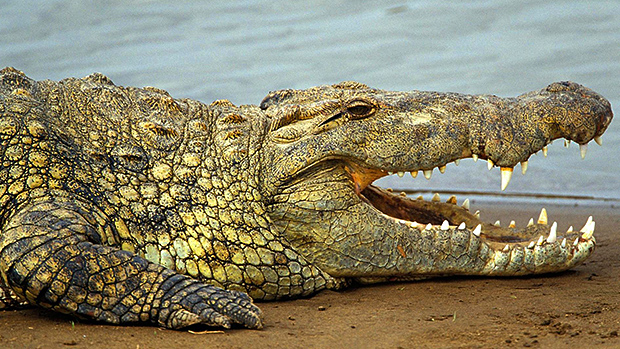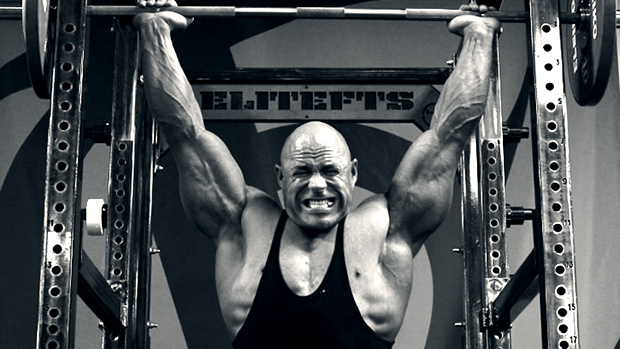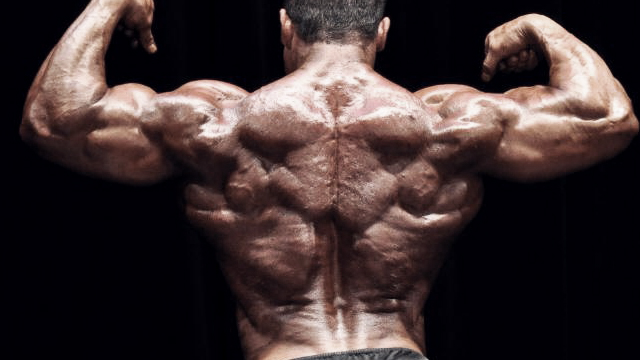Believe it or not, there's more to breathing than just inhaling and exhaling. You can significantly improve your breathing with this technique. It'll improve your performance under the bar and your recovery between workouts.
Crocodile Breathing
Breathing is like any other movement pattern. When you look at it as a motor skill, you start to see how it can be improved with corrective and activation-based strategies, the same way you'd improve a squat or deadlift.
But it's a challenge. Why? Because most people actually breath wrong. The most effective corrective exercise for breathing is called "crocodile breath," as originated by Gray Cook. Using the ground as a tactile cue from the face down position, this strategy is a game-changer that'll help you "feel" what it is to properly expand the belly through 360-degrees. This is ideal because it helps you keep secondary respiratory muscles out of the process.
How To Do It
The focus needs to be on the quality of movement rather than the quantity or intensity. Breathe perfectly and it'll eventually become habitual.
The Steps
- Start in a prone (lying on your stomach) position on the floor.
- Bring your fists together and rest your forehead passively on your hands.
- Keep your legs straight and your toes pointed down.
- Relax the body into this central position.
Your hand and head position will feel a bit unnatural at first. The rationale behind propping the head on the fists is twofold. First, the head and neck need to remain in a neutral position (with the head straight, NOT turned to either side) to clearly open up the airway. Secondly, with the hands and arms elevated, the secondary respiratory muscles – mainly the muscles of the neck and the upper trap – are placed into a more relaxed position away from stretch and tension.
You're using positions to make it as easy as possible to execute proper breathing. Once you're positioned correctly, your focus will be placed on the execution and the quality of the breaths in order to allow motor learning and skill transference to occur.
Tempo of Breath
- Inhale 4-6 seconds
- Hold 2-4 seconds
- Exhale 4-6 seconds
While the tempo is important, your focus needs to be first placed on the expansion of the belly and the movement pattern itself. Since the belly is in direct contact with the floor, it's the perfect setup for breathing INTO the floor, expanding through the diaphragm (the respiratory muscle at the bottom of the ribcage).
We're also wanting 360-degree expansion, meaning that not only are we breathing into the belly against the floor, but expanding our breathe through the sides of the torso along with the lower back. To get a feel for it, have a partner touch your sides and also use a block or ball on the lower back to push up against during each breath.
Once the expansion pattern is mastered, the focus will shift to the tempo of the breath itself. While the above tempo prescriptions of (4-6/2-4/4-6) aren't set in stone, make sure exhalation is longer than inhalation to optimize gaseous exchange and slow the process to avoid compensations.
Also, make sure to pause and hold the breath for a split second at the top to experience the feeling of that 360-degree expansion. That's the goal.
When To Use It
This technique is most prominently used in the early stages of breathing re-patterning for athletes who struggle with disassociating compensatory chest breathing from deep-belly breathing. Think of this drill as a corrective exercise. Once you've made notable progress, it can be discontinued. The skill is then maintained during daily activities and training.
Since diaphragmatic breathing is a motor skill, you have to practice it in order to relearn it and continually repeat it. Start with 1-3 minutes of crocodile breathing per day, preferably as the first component of a dynamic warm-up sequence. This will help you start chipping away at old habits and ingraining new ones.





